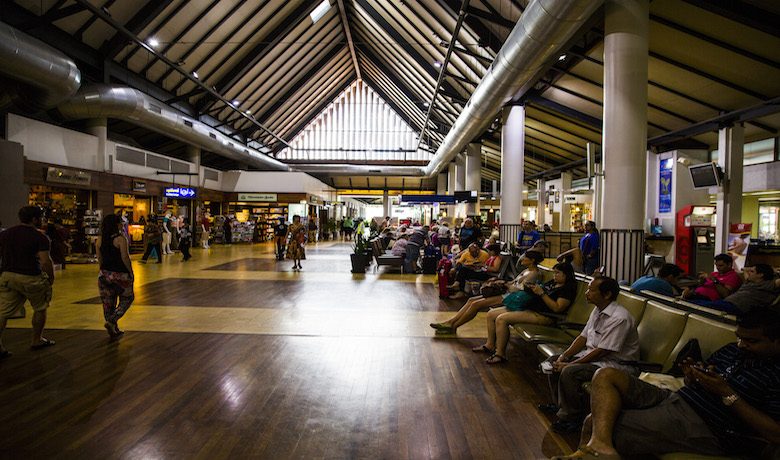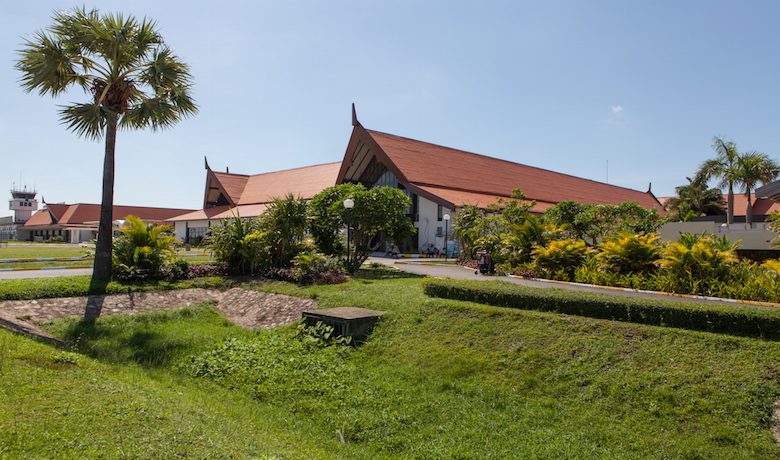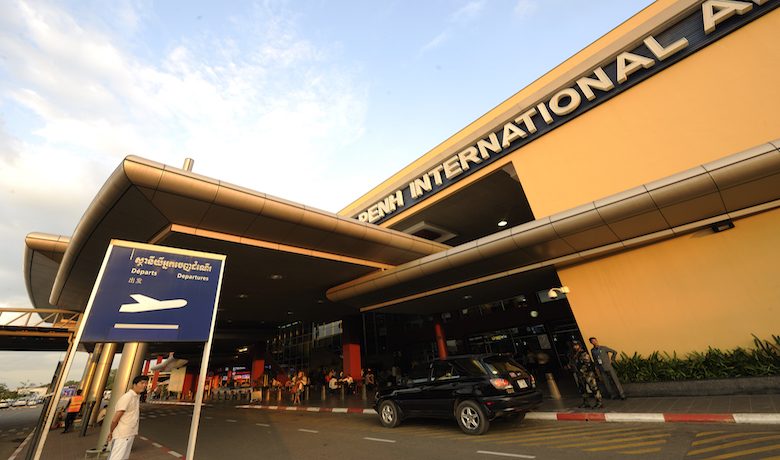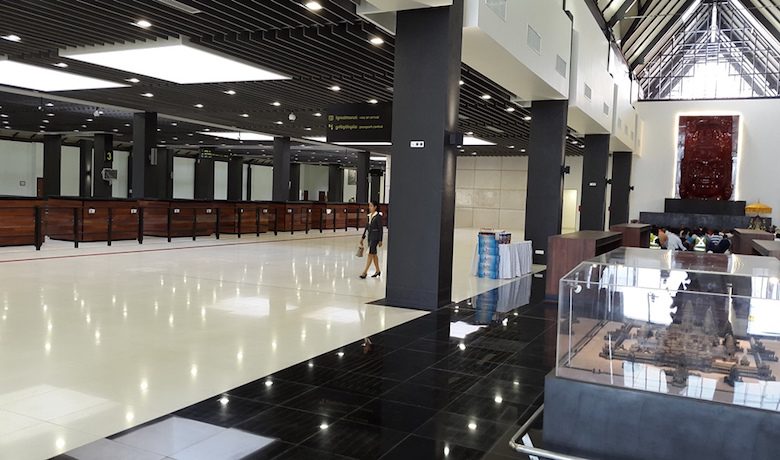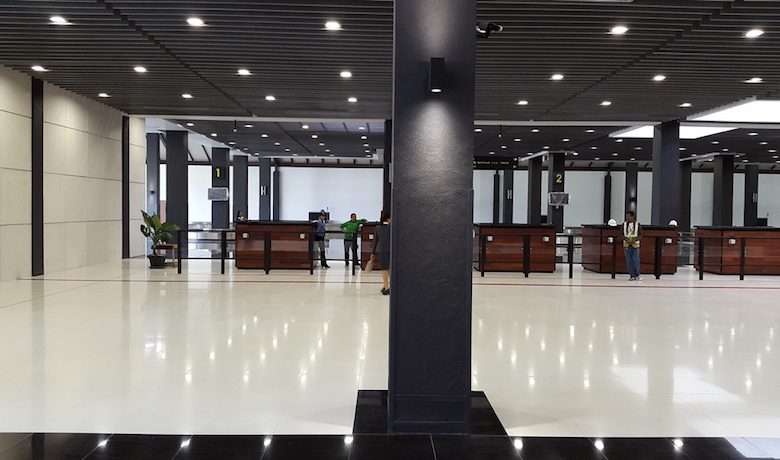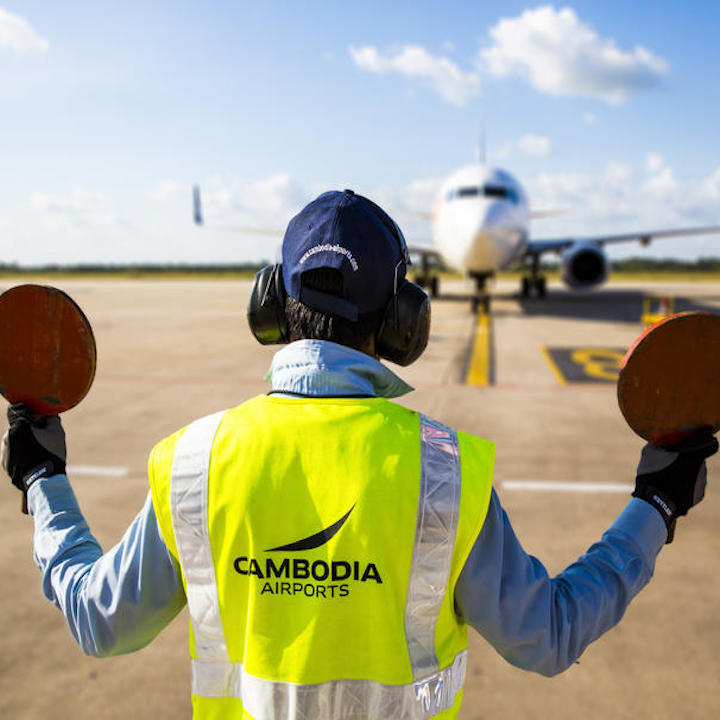BACKGROUND
Since 2004, Cambodia has enjoyed renewed stability and security. Following the political crises of the 1990s, tourism is growing exponentially. In fact, since 1992, Angkor, the former Khmer capital near Siem Reap, has been listed as a UNESCO World Heritage site. It draws more than a million visitors a year, making it the country’s leading tourist attraction. As a result in 2004, the airports at Phnom Penh and Siem Reap exceeded the 1.5-million-passenger mark for the first time. Records were set with 1.7 million passengers for Phnom Penh in 2008 and the same number for Siem Reap in 2007. Air traffic in Cambodia as a whole has risen sharply, with a tenfold increase from 1995 to 2015. Through its subsidiary VINCI Airports, the VINCI Group has been present in Cambodia for 20 years, contributing to the development of air traffic in line with the country’s dynamic economy and growing tourism sector.


